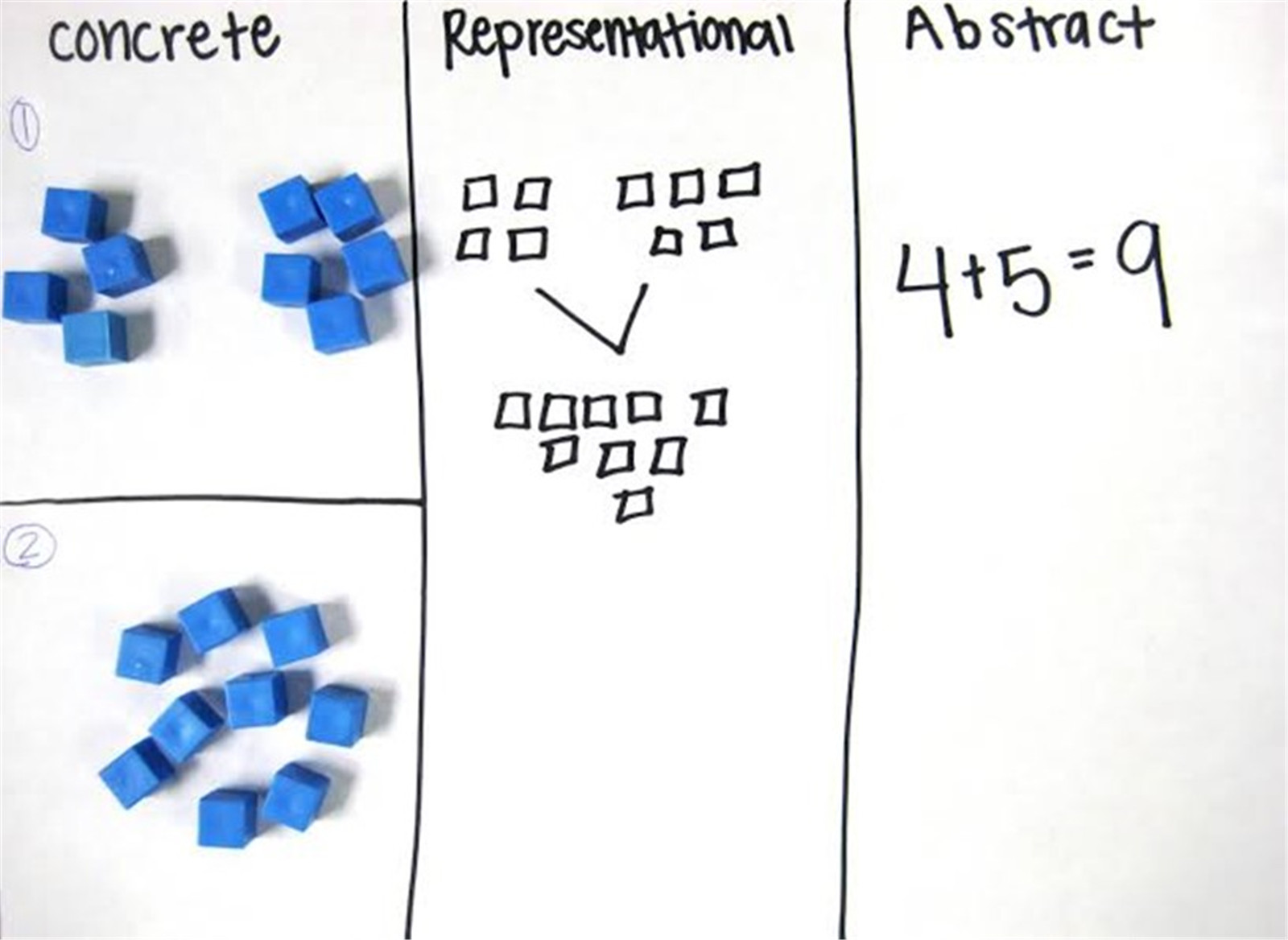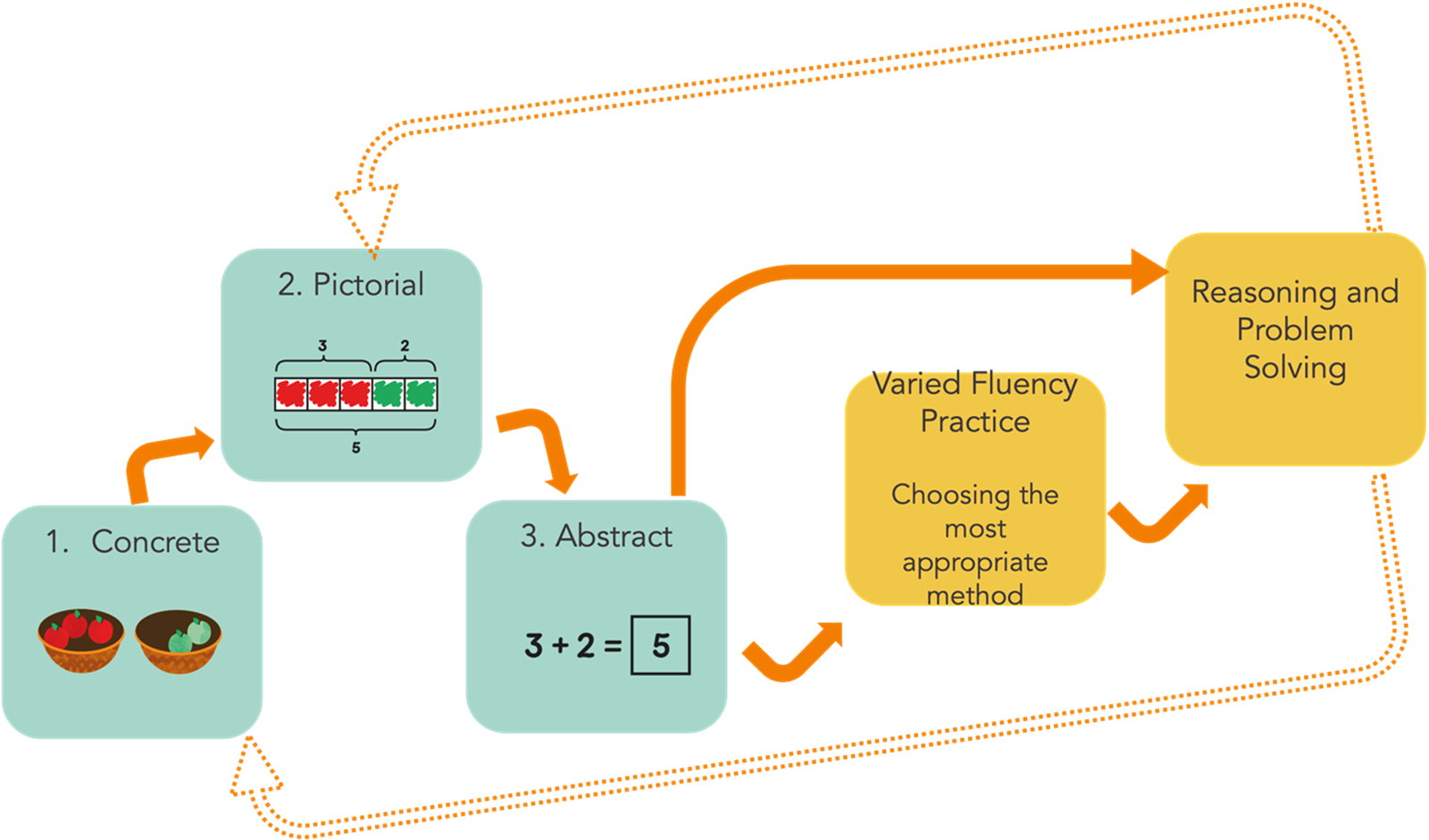How DCB Teaches Mathematics in Junior School
On 23 August, our Junior School students strutted into school dressed in their favourite rockstar outfits to launch a new year of learning maths with Times Table Rockstars. TT Rockstars is one of the innovative ways our Junior School Maths Department energises students about numbers and sets the stage for another year of deeper mastery beyond mere memorisation.
 Australian Math Competition
Australian Math Competition
Maths at DCB
We all need Maths in our everyday lives, especially in today’s AI-driven world. At DCB, the challenge is to ensure that students don’t merely race through maths concepts, but to ensure that they truly understand them.
To achieve this, their learning must be purposeful, meaningful, and also engaging. In other words, it should be taught in a way that inspires students to eagerly embrace it.
DCB and the Mastery Approach
DCB follows the rigorous British National Curriculum and employs a Mastery Approach to learning Maths, which focuses not only on solving mathematical problems but also on understanding how and when to apply these skills in real-world situations. As the Mathematics Lead in Junior School, Lowri Evans plays a crucial role in ensuring that the Junior School Maths curriculum is not only effective but also enjoyable and accessible for students.
“Maths should go beyond rote memorisation and simply passing exams,” explained Ms Evans. She highlighted how traditional methods of teaching math have often disadvantaged certain groups of students, both skill-wise and psychologically. Those who found maths easy often feared failure, while those who struggled were hesitant to even try. By setting “low entry, high ceiling” expectations, students begin with accessible tasks and receive support to reach higher levels as they progress. “With the right tools and support, every student can succeed,” she asserted.
However, Ms Evans and the Classroom teachers aren’t the only ones who ensure that maths is accessible and enjoyable for all. EAL (English as an Additional Language) and LS (Learning Support) teachers and members of our CETI (Center for Education and Technological Innovation) team also occasionally join the planning sessions. Our EAL teachers ensure that the terminology is accessible to EAL students, while the Learning Support team provides resources to enhance and supplement lessons. “They help us identify potential challenges, such as processing barriers, and suggest alternatives or ways to break down concepts into manageable parts. During classes, there’s always someone available to translate in the moment—a need that diminishes as the academic year progresses.”
Here’s how the Low Entry, High Ceiling approach works:
- Work is pitched at a high level.
- All students are exposed to this and are taught how to achieve it.
- Children who take longer are supported to reach the high expectation.
- Children who grasp the material easily are quickly moved on to tasks that will broaden and deepen their understanding.
- Children move through Fluency, Variation, Reasoning and Problem Solving until they have mastered the material.
The CPA Method: Concrete, Pictorial, Abstract
Maths lessons at DCB start with a concrete exploration of a concept. Once students are comfortable with this, they move on to pictorial representations before finally tackling abstract problems. This progression ensures that students have a solid foundation before advancing to more complex reasoning and problem-solving tasks. However, they are always encouraged to revisit concrete and pictorial methods if they need additional support.
This approach, known as the CPA method (Concrete, Pictorial, Abstract), is central to DCB’s teaching philosophy. This three-step method helps students grasp mathematical concepts by first engaging with them in a tangible way (Concrete), then visualising these experiences (Pictorial), and finally moving on to symbolic representation (Abstract).



This method is reinforced by challenges that focus on Fluency, Reasoning, and Problem Solving. Problem-solving tasks are often more language-based and require students to think systematically, choose efficient methods, and verify their answers. Teachers provide modeling solutions to guide students and help them understand what makes a strong response.
But how do students know whether they’re ‘fluent’ in Maths?
“Fluency in math is a broad concept,” explained Ms Evans. “According to the English curriculum, basic mathematical fluency means knowing key facts and being able to recall them quickly and accurately.”
“However, true fluency, especially up to Key Stage 2, involves applying these skills across different contexts and choosing the most appropriate method for each task.”
In other words, by understanding the underlying logic of a problem, students can adapt what they’ve learned to various situations.
Mathematical reasoning, on the other hand, is the process of applying logical thinking to identify the best problem-solving strategy and develop a solution. Simply put, reasoning acts as the bridge between fluency and problem-solving. Neil Almond, author of Third Space Learning, explains, “Problem-solving in math is about finding ways to apply your knowledge and skills to tackle unfamiliar problems.”
Math isn’t just about getting the right answers; it’s also being able to explain how students got there. “It’s essential that students learn the correct mathematical vocabulary so they can clearly explain their reasoning and thought process,” said Ms. Evans. “Even in Maths, it is important that students learn to question and ask why.”
A Diverse Community Requires More Personalised Learning
During one Mindful Morning class, Ms Evans gave her students a challenge. “I’ve left you a nugget on Century Tech. See if you can go and complete that task.” Students instantly raced to open their apps to try to solve the problem. As they did this, their work was collected into data that allows teachers to analyse exactly how that student is feeling about a certain certain topic, and in turn what teachers need to focus on and support with certain children.
And this isn’t limited to in-class activities. “After students answer the homework on Century Tech, teachers can have a look and track at who’s actually really grasped it, who needs a little bit more support.”
Century Tech is an advanced AI and neuroscience-powered platform that tailors content to each student's needs, offering immediate feedback and supporting their progress. It keeps students engaged and accelerates their learning, while its diagnostic assessment helps with lesson planning and tracking progress.
For students who find the material too easy, teachers offer more challenging tasks or invite them to assist peers. Class Teachers are always researching new ways to challenge those Gifted and Talented students. Our English and Learning Support teams helps those with limited English or additional needs, ensuring all students can participate and excel.
In our diverse community, numbers often serve as a universal language, and some newcomers are good with just the arithmetic. “If you write the mathematical problems on the board, they understand and can answer the questions.” And as their English improves, so does their ability to answer more language-heavy Maths challenges.
“Junior School Maths actually introduces more language in Maths through scenarios such as a two or three-step word problem, which involve trial-and-error aspects of problem solving.” Students also use various Maths apps that cater to their learning styles, such as TT Rockstars, which provides insights into students’ maths needs while putting a fun, modern twist on learning multiplication and division tables. s. “We have TT Rock Stars battles where students and teachers play against each other in maths battles, and they enjoy dressing up for our kickoff events. It’s still early in the term, but we already have data that lets us see real progress with their multiplication understanding,” shared Ms Evans. “The kids are really hooked on it.”
 TT Rockstars Battle
TT Rockstars Battle
Maths in Junior School have several more apps to suit different needs and goals, such as Prodigy. “Prodigy is another fun maths game that students can also play that at home. We believe in quality over quantity. These apps aren’t just games; they also give teachers access to data to help students better. Cross-curricular learning at DCB, such as maths in art lessons or measurements during Food Tech, also lets students see how their maths can be applied in different scenarios.”
Junior School students also get to learn coding during their Maths classes. “Coding is an extension of Mathematics. We’ve done block coding using Scratch in Year 3 and Year 4, then on to JavaScript in Year 5 and 6. Students code their own games, make little animations, using devices like iPads and computers to record the activities.”
Encouraging Mathematical Exploration
Many of our students channel their passion for math into competitive events like the Junior Olympiad, the Australian Math Competition (AMC), and the Math Kangaroo International Competition, and last year with over 200 participants from our Junior School in the latter. Their achievements are celebrated in the newsletter and at school assemblies, where they are invited to share their successes.
 Math Kangaroo International Competition
Math Kangaroo International Competition
But while medals and certificates are certainly commendable, DCB focuses on cultivating that love for mathematics through a mastery approach rather than direct preparation for competitions.
This encouragement starts in the classroom, where students receive progressive feedback from both teachers and peers. Through methods like EBI (Even Better If) and What Went Well (WWW), students reflect on their work and explore different problem-solving strategies.
For example:
- What Went Well: I understand the place value of each digit in a 4-digit number.
- Even Better If: Next, I would like to understand the place value of each digit in a 5-digit number.
“So on occasion, students have the opportunity to reflect and give themselves a target,” explained Ms Evans. “Sometimes, they also swap books with their classmates and give them a target!”
Parent Feedback
When asked what parents thought of the Maths programme, Ms Evans explained that the numbers say it all. “DCB parents really respect Maths, and they’re very attentive. They will come in hordes to our Maths parent academies because they want to know what we’re doing, and how we’re doing it.”
And this is why it’s important that, to maintain high teaching standards, DCB holds ongoing professional development for teachers. “This ensures that educators are well-equipped to deliver the curriculum effectively and support all students in their mathematical journey,” explained Ms Evans.
From Mr Tony Z, father of Adam Z who has been with DCB since Nursery:
“Adam enjoys learning Maths at DCB. He has been interested in Maths since early years (now DUCKS), but the Junior School curriculum helped him gain more confidence in this subject and solidified Adam's interests and passion for Maths. He has also made good friends here with other kids who also have strong interests in Maths, and enjoys teamwork in the Maths lessons, which helped him not just on Maths itself but also communication. Moreover, he really thinks the amount of work matches the time the teacher allocates for the work extremely well so that he was able to finish the task on time but also can refresh and reflect.
We found Century Tech particularly helpful as my son used it everyday to help him practise the questions and learn at his own pace. He also enjoyed websites such as myimaths and diagnostic for similar reasons.
I definitely recommend the Maths programme at DCB to other parents for several reasons:
- DCB has a strong emphasis on Maths and the Maths faculty here are also very strong and very willing to help students.
- DCB offered a variety of approaches and learning venues for students to learn Maths
- Even if your child is not good at Maths, he will also find the right pace to learn here at DCB according to his level.”
DCB Junior School’s focus on a mastery-based maths curriculum, highlighted by engaging apps and a supportive teaching community, ensures a solid foundation and a genuine interest in maths. Together, we’re all hitting the high notes in our mathematical journey—proving that when it comes to maths, we can all be rockstars.








